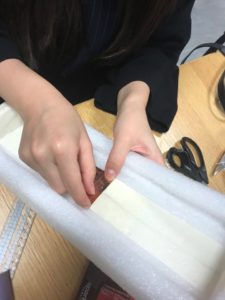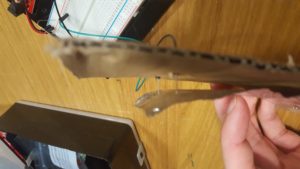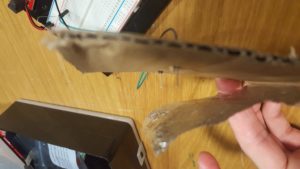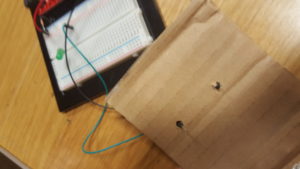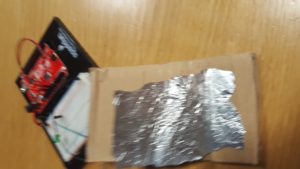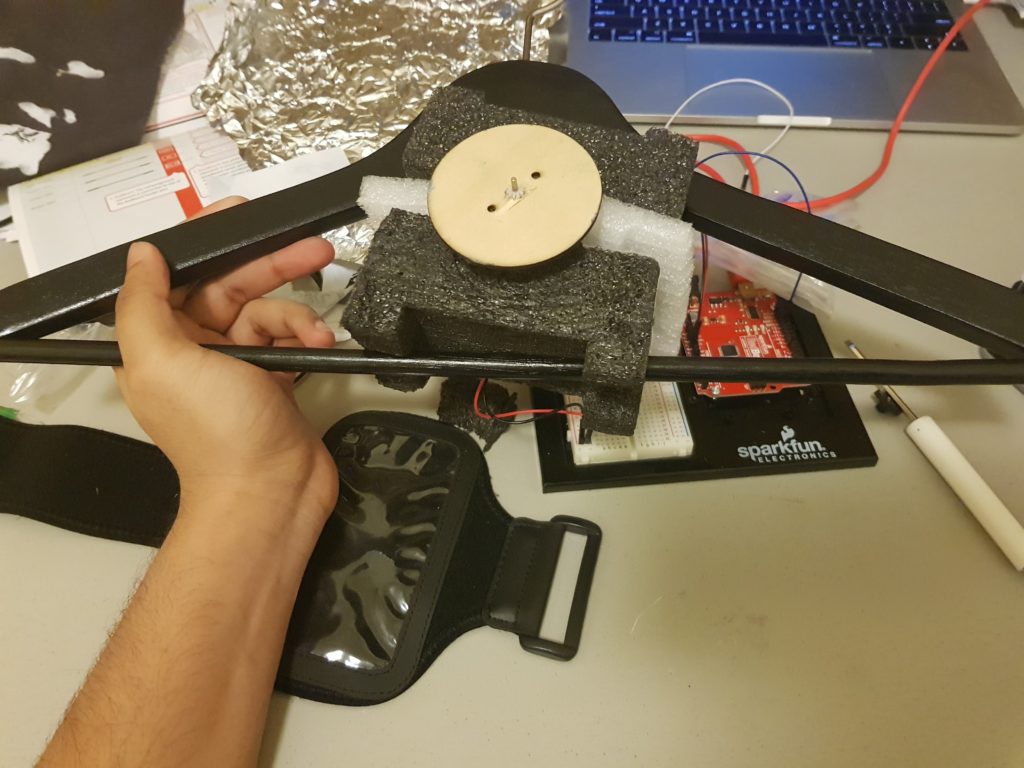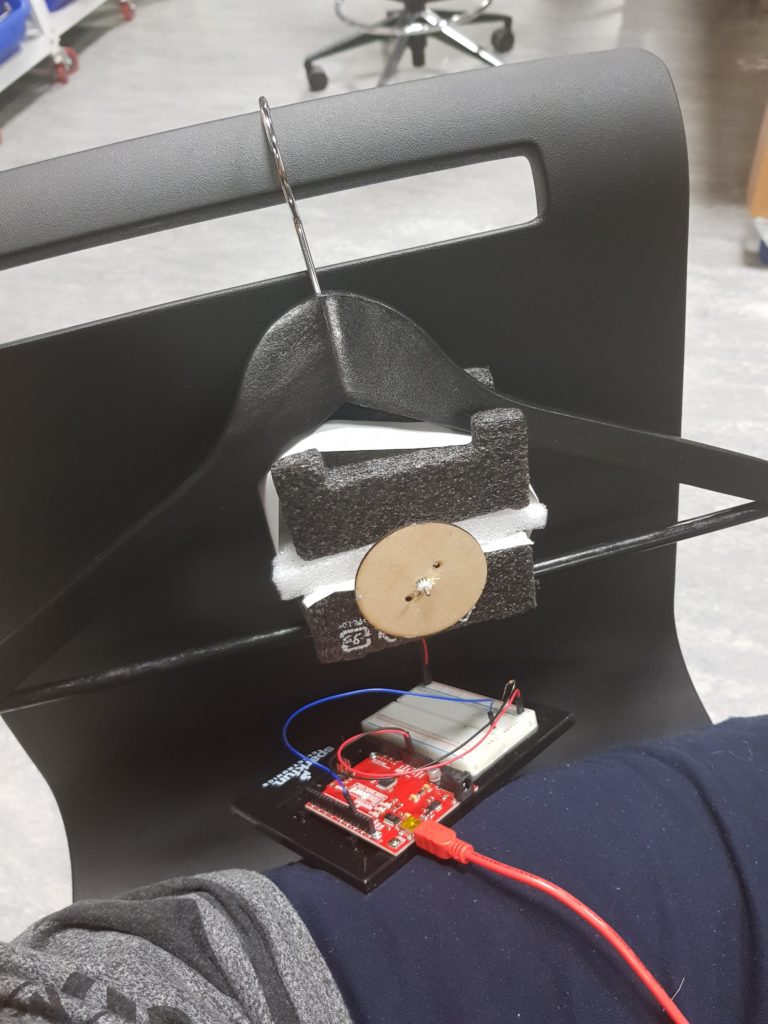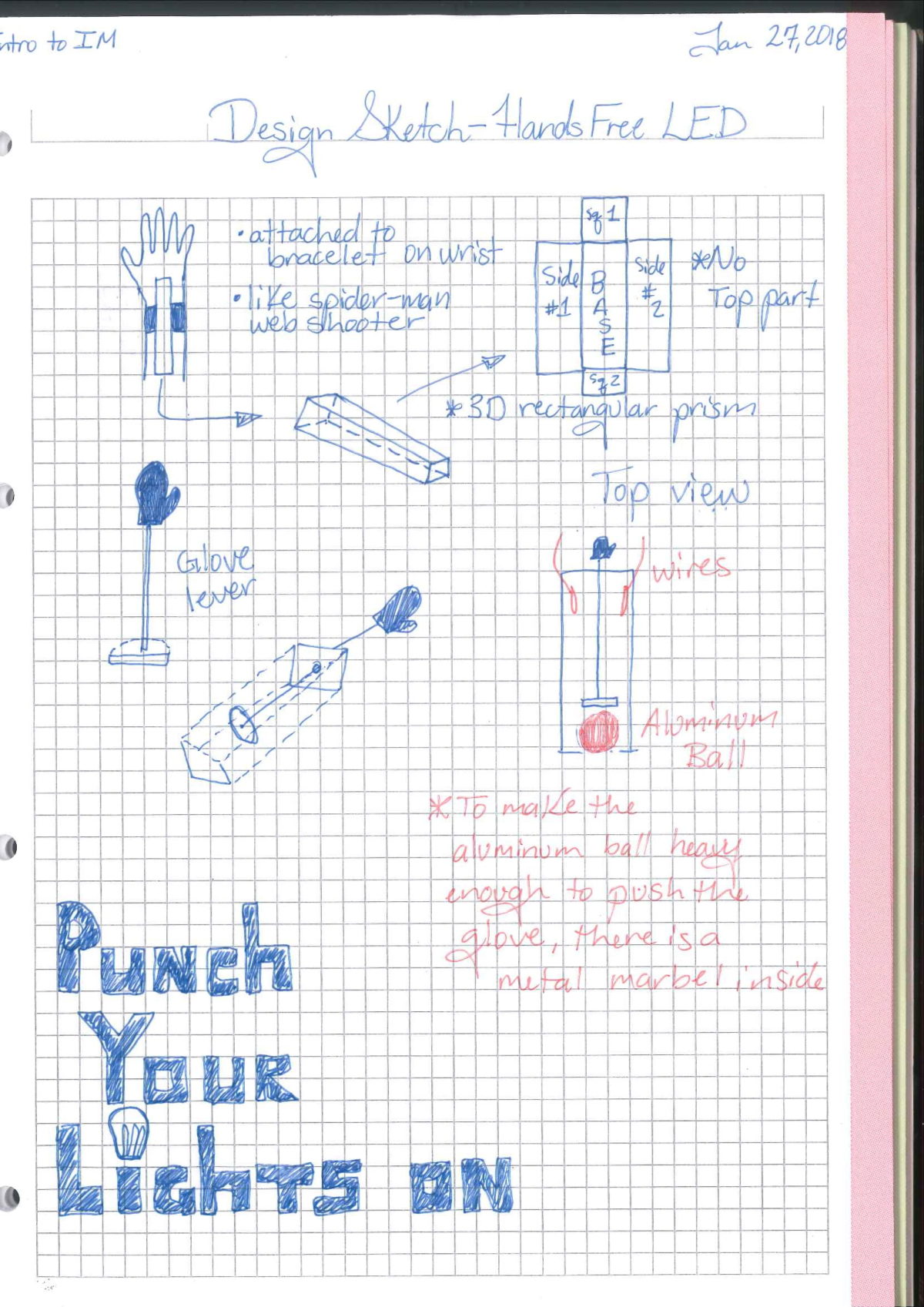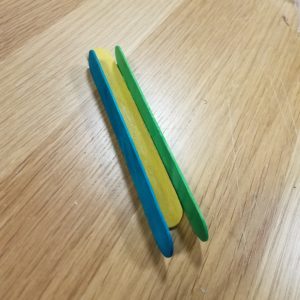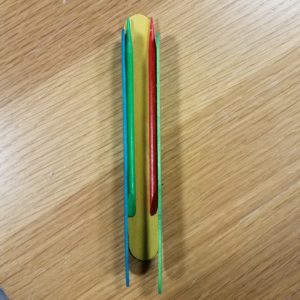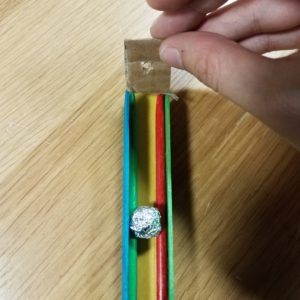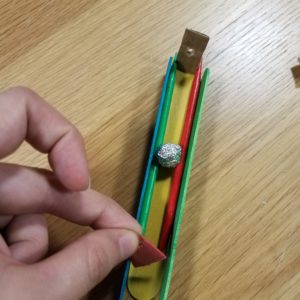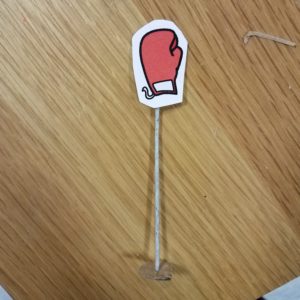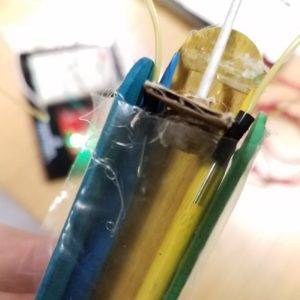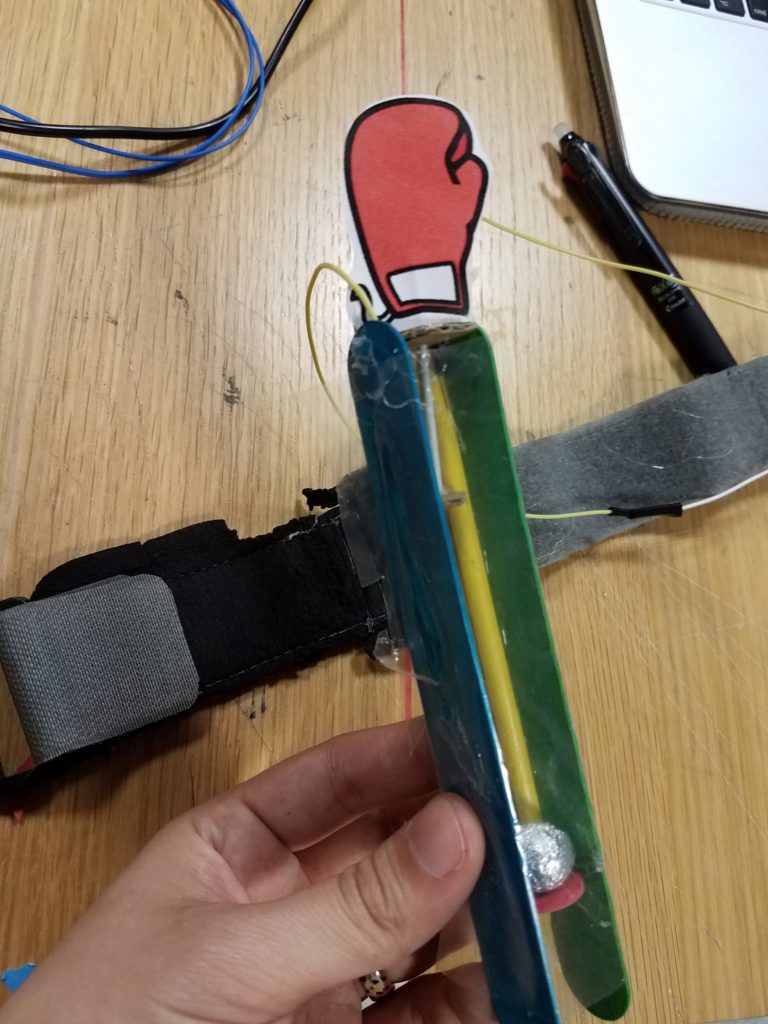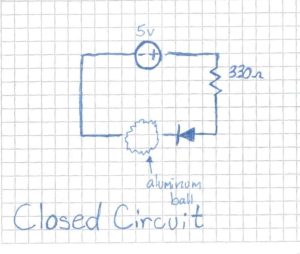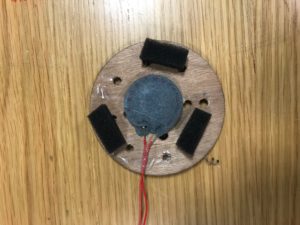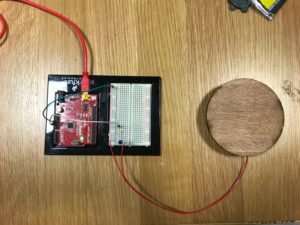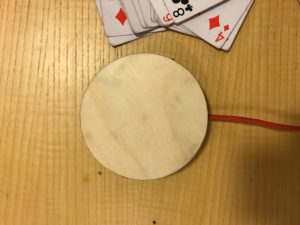Almost every time, I can sense the sense of confusion and even a little mistrust when I tell someone I study “Interactive Media”. Then after a brief pause, I always feel obliged to break down the so-called “Interactive Media”: “You know, we make websites, circuits, videos, machines and stuff.” I often explain the “media” part but not quite the “interactive”because I don’t feel that I understand this word well enough myself. This reading certainly gives me a better understanding.
Conversations with someone who actually listens, thinks and speaks are meaningful conversations; Interactions with something that listens, thinks and speaks are “interactive” interactions. It really makes me think when the author states that most movies, games (non-computer), theatre, dancing and reading are not “interactive” but at most intensive “reaction” “participation”. As interactive designers rather than graphic designers, we should not let the form or the media limits our interactive design choices. The cycle of “listen-think-speak” between a human and a machine is the utmost important element in an interactive design.

